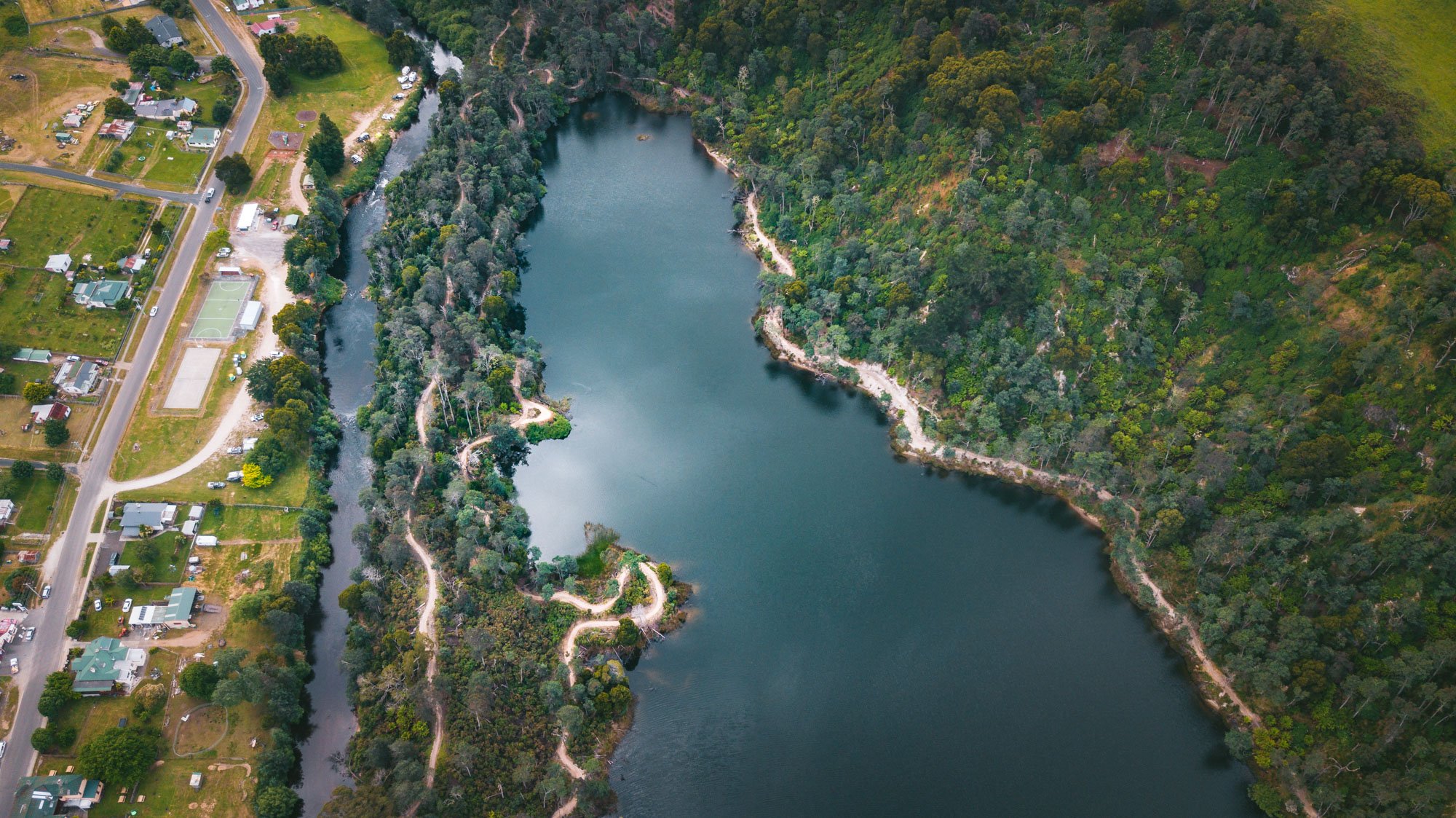Fly fishing in the area around Derby - when is the best time to fish
/In the northeast corner of Tasmania, where the landscape shifts from rugged mountains to lush valleys, lies a region steeped in the tradition of fly fishing. Here, amidst the pristine waters and verdant forests, anglers have pursued the elusive trout for generations, casting lines into the rivers and streams that wind through the countryside. This is a land where time seems to stand still, where the art of fly fishing is more than just a pastime—it's a way of life.
The history of fly fishing in Northeast Tasmania is as rich and storied as the waters that flow through its valleys. It traces back to the early days of European settlement when intrepid pioneers first ventured into these wild lands.
Trout were first introduced into Tasmania from England in 1864. Tasmania is a diverse island with an impressive array of habitats. This diversity extends to its waterways in which trout abound.
One of the most iconic destinations for fly fishing in the region is the town of Derby, nestled in the foothills of the Blue Tier Range. Here, the Ringarooma River winds its way through the picturesque countryside, offering some of the finest trout fishing in Tasmania. Derby has long been a mecca for anglers, drawn to its pristine waters and tranquil surroundings.
The best time to go fresh water fishing in Northeast Tasmania is during the warmer months, from late spring through early autumn. This is when the rivers come alive with insect activity, and the trout are most active. The months of November through March are particularly favorable, with hatches of mayflies, caddisflies, and other insects tempting hungry trout to the surface.
For those venturing into the world of fly fishing for the first time, the basic equipment you'll need is relatively simple. A good quality fly rod, reel, and line are essential, along with a selection of flies that mimic the insects found in the local waters. A pair of polarized sunglasses will help you see beneath the surface of the water, while a hat and sunscreen will protect you from the sun's rays. And of course, don't forget your fishing license—required for all anglers in Tasmania.
As the sun rises over the mist-shrouded valleys of Northeast Tasmania, anglers from near and far gather along the banks of the rivers, eagerly anticipating the day's adventures. With practiced hands, they tie on their flies, select their casting spots, and wade into the cool, clear waters.
For many, fly fishing is more than just a sport—it's a form of meditation, a way to connect with nature and escape the stresses of modern life. As they stand in the shallows, feeling the rhythm of the river and the whisper of the breeze, they become part of something ancient and timeless—a tradition that stretches back through the ages.
In Northeast Tasmania, the art of fly fishing is passed down from one generation to the next, a legacy of patience, skill, and reverence for the natural world. It's a tradition that binds communities together, forging friendships that span lifetimes and transcending the boundaries of age, race, and background.
As the day wears on and the sun climbs higher in the sky, the trout become more active, rising to the surface to feed on the insects that dance above the water.
For some, the joy lies in the challenge of landing a trophy-sized trout, while for others, it's simply the thrill of being outdoors, surrounded by the beauty of the natural world. But for all who venture into the waters of Northeast Tasmania, fly fishing is an experience like no other—a journey of discovery, adventure, and connection that will stay with them long after the day is done.
For more info on Fly fishing around Derby visit Blog post on Fly fishing or North East Tourism



